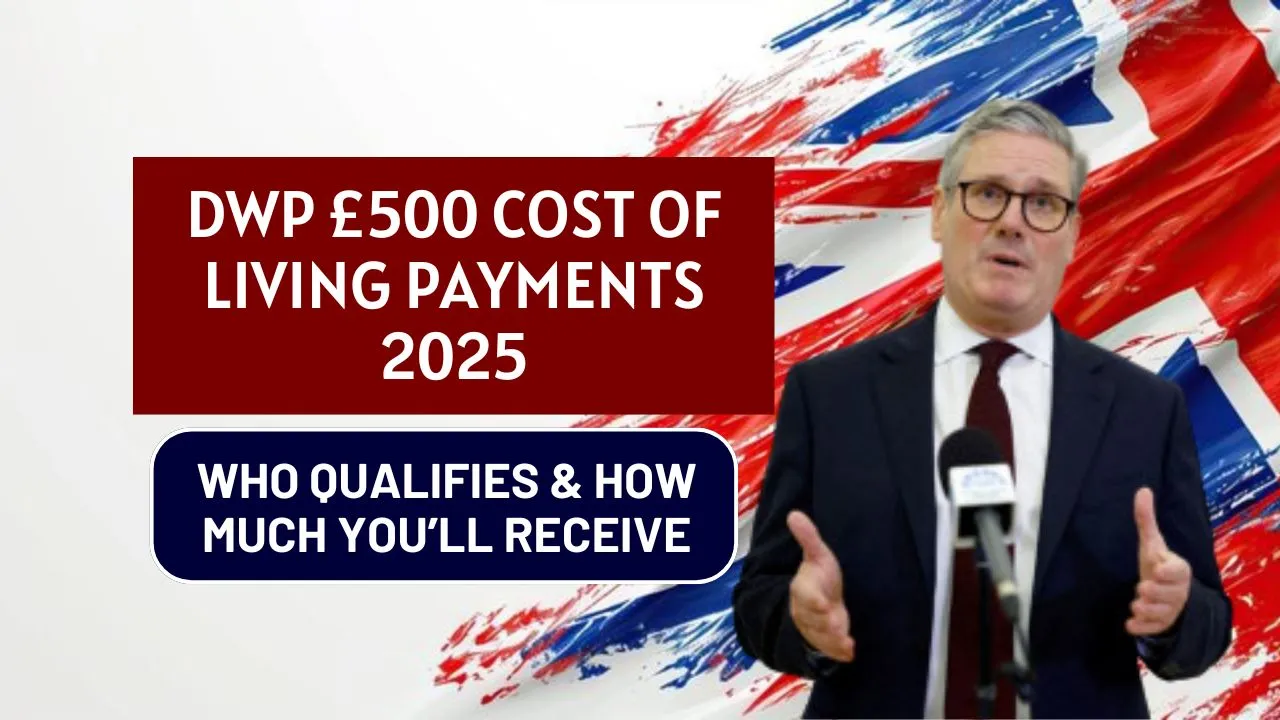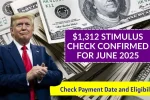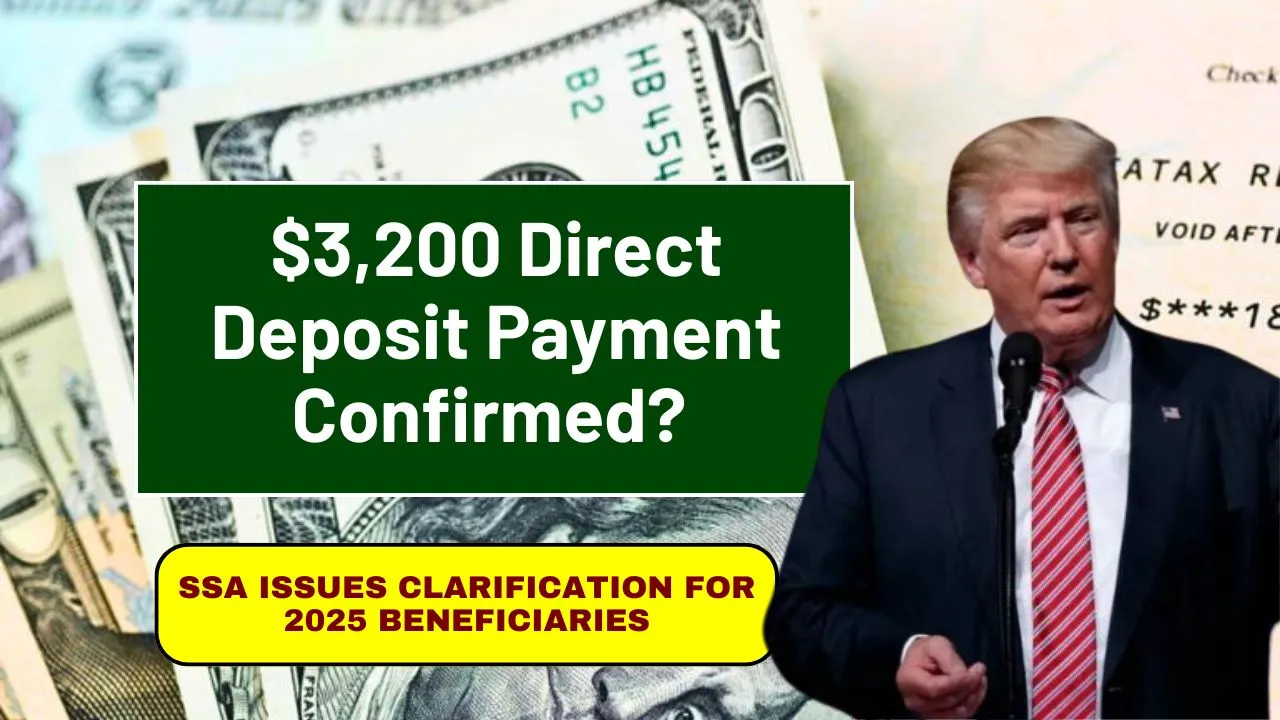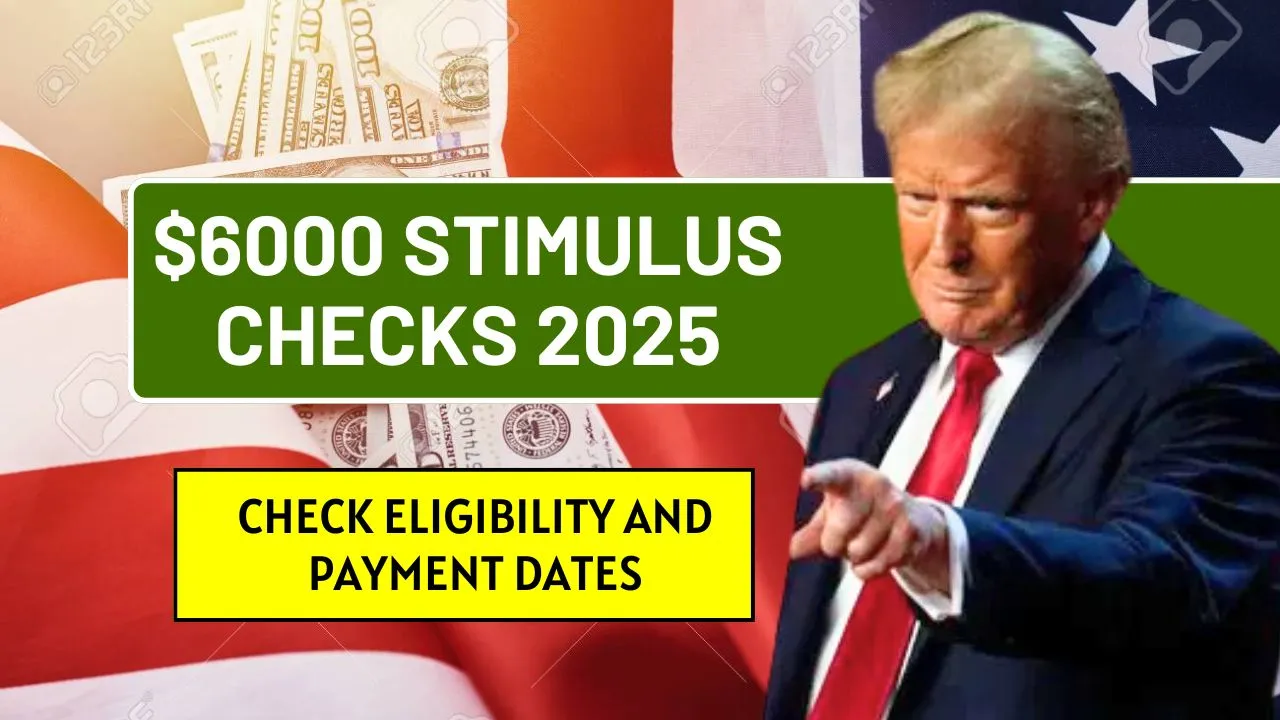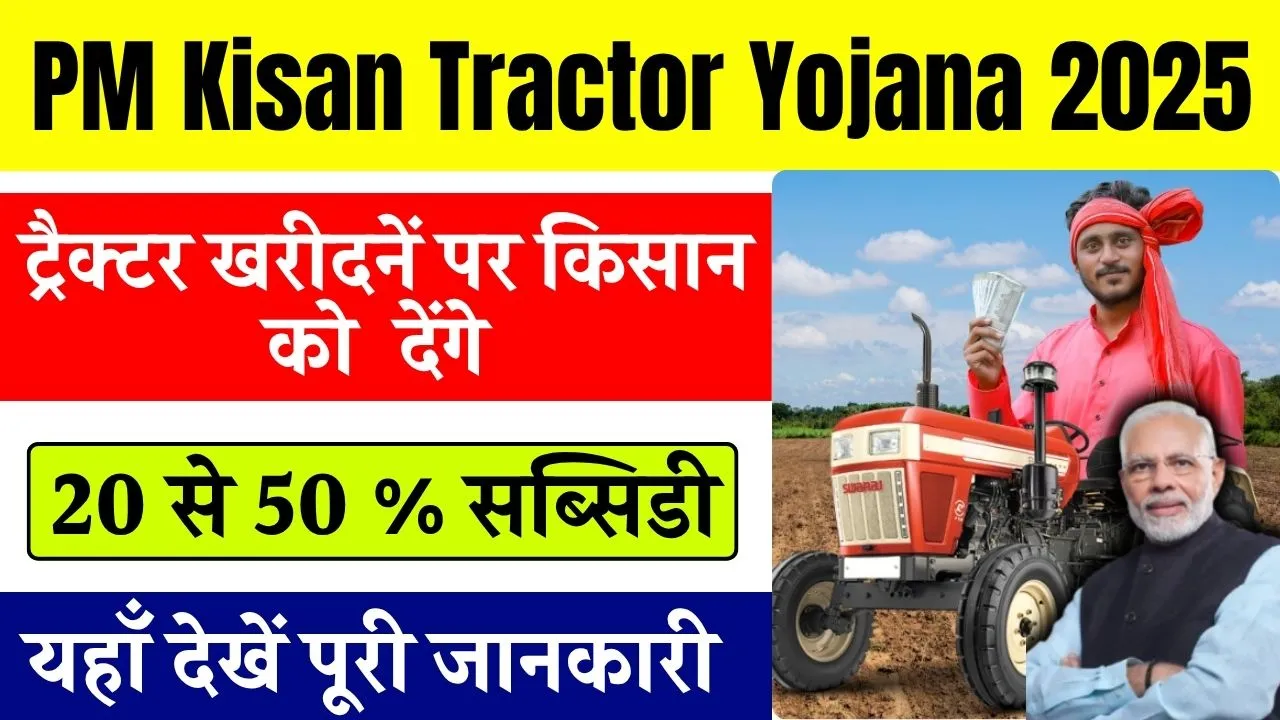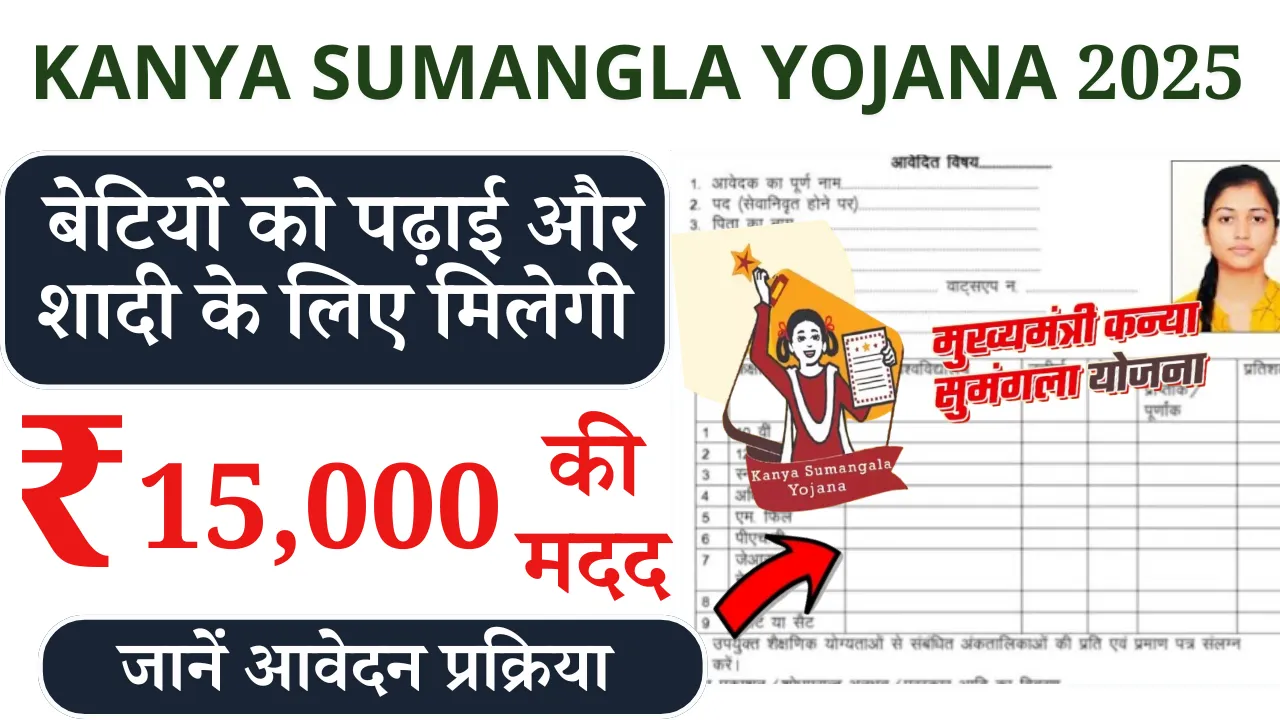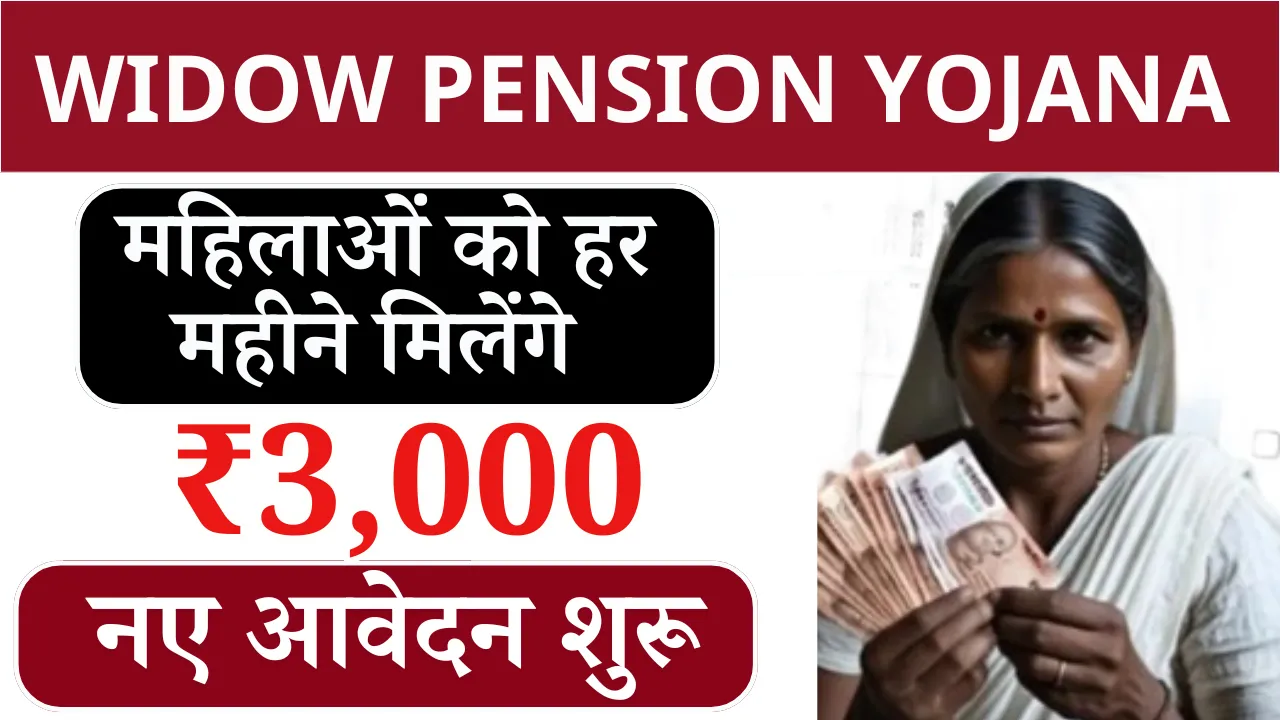DWP £500 Cost of Living Payments 2025: Inflation has made everyday life more expensive, from energy bills to food shopping. Across the UK, many low-income families are finding it difficult to make ends meet. The Department for Work and Pensions (DWP) recognises this ongoing challenge and has stepped in once again with timely support. The DWP £500 Cost of Living Payments 2025 are designed to provide targeted assistance during the most financially stressful periods of the year, with automatic deposits that don’t require any application.
This support package isn’t a one-time fix—it’s a planned series of payments totalling up to £500 for eligible benefit recipients. Timed around peak spending seasons like winter heating, summer costs, and holiday preparations, the programme aims to ease the financial strain for households most at risk. Here’s everything you need to know about who qualifies, how it works, and what steps you should take next.
DWP £500 Cost of Living Payments 2025
The DWP £500 Cost of Living Payments 2025 is a key financial relief programme aimed at supporting low-income households struggling with rising costs of living. Introduced by the Department for Work and Pensions, it offers up to £500 per eligible household, split across three payments throughout the year. The first payment of £301 is scheduled between March and May, followed by up to £200 during July and August, and the final balance arriving between October and December 2025.
These payments are designed to align with periods of higher household expenses, such as post-winter heating bills, summer living costs, and pre-winter needs. Eligible recipients include those on Universal Credit, Pension Credit, Income Support, income-based ESA or JSA, Housing Benefit, and Tax Credits. The payments are automatic, requiring no application, and are directly deposited into the bank accounts used for regular benefits. Keeping your banking details up to date with DWP is essential.
Overview Table
| Category | Details |
| Total Amount | Up to £500 in 2025 |
| Payment 1 (Spring) | £301 (March–May) – post-winter energy relief |
| Payment 2 (Summer) | Up to £200 (July–August) – food and utility support |
| Payment 3 (Autumn) | Remaining balance (Oct–Dec) – holiday and cold-weather assistance |
| Eligibility | Universal Credit, Pension Credit, ESA, JSA, Income Support, Tax Credits |
| Enhanced Support | For disability benefits, unpaid carers, energy-dependent households |
| Delivery Method | Direct bank deposit (linked to benefits) |
| Application Needed | No – automatic if eligible |
| Related Aid | Warm Home Discount, Household Support Fund, Cold Weather Payments |
DWP 2025 Cost of Living Payment Breakdown
To match the reality of fluctuating costs across the year, the DWP structured this relief programme in three parts:
- Spring 2025: £301 Payment
Arriving between March and May, this is meant to ease the post-winter financial hit. Many homes see a spike in energy bills from heating during cold months, so this timing is deliberate. - Summer 2025: Up to £200
As warmer months come, spending on essentials like food and water tends to rise, especially for families. This payment supports everyday costs without the pressure of applying. - Autumn 2025: Remaining Balance
Heading into the winter season and holidays, this final installment ensures that those already stretched thin have something extra to handle seasonal costs.
Together, these payments total up to £500, which can make a real difference for households living paycheck to paycheck.
Who Is Eligible?
You could qualify for the DWP £500 Cost of Living Payments 2025 if you receive any of the following during the set eligibility windows:
- Universal Credit
- Pension Credit
- Income Support
- Income-based Jobseeker’s Allowance (JSA)
- Income-related Employment and Support Allowance (ESA)
- Housing Benefit
- Working Tax Credit or Child Tax Credit
These benefits serve as the foundation for eligibility. You don’t need to take any additional steps—DWP will process and deliver the payments automatically if you meet the criteria.
Enhanced Support for Vulnerable Groups
In addition to standard payments, certain groups will receive enhanced or complementary support:
- People receiving Personal Independence Payment (PIP), Disability Living Allowance (DLA), or Attendance Allowance
- Unpaid carers who provide essential daily care for loved ones
- Households using medical devices that raise electricity use
These groups may receive additional help or be prioritised for other DWP schemes such as the Household Support Fund. The idea is to ensure that those with greater financial or health burdens get extra attention.
How Payments Are Delivered
Payments will go directly into the bank accounts registered with DWP for your regular benefit payments. There are no paper cheques or third-party platforms—everything is handled securely and electronically.
Here’s what you need to do to make sure you receive your money:
- Double-check your bank details with the DWP to avoid failed payments
- If you’ve changed banks or moved house, update your contact info immediately
- For any missing or incorrect payments, contact the DWP helpline without delay
This direct deposit method helps eliminate delays, fraud, or mismanagement—making it efficient and secure.
Why These Payments Matter
In 2024, a quarter of UK households said they couldn’t afford key essentials. That’s millions of people choosing between heating and food. With energy prices still elevated and inflation biting into incomes, financial support is not just welcome—it’s essential.
The DWP £500 Cost of Living Payments 2025 offer practical relief:
- Covering critical gaps during seasonal high-cost periods
- Helping families afford everyday items like groceries, gas, and heating
- Supporting individuals who depend on benefits through no fault of their own
This is not just about short-term help; it’s about giving households a chance to breathe, reset, and avoid debt spirals caused by inflation.
What You Should Do
Here’s how you can ensure you’re prepared to receive the full benefit:
- Check Your Benefits – Make sure you’re on one of the qualifying programmes.
- Update Your Bank Info – Payment delays are often caused by incorrect account details.
- Mark Payment Windows – Watch for deposits during March–May, July–August, and October–December.
- Follow Up If Needed – Use the DWP helpline if your payment doesn’t arrive or seems inaccurate.
You don’t need to apply, but you do need to stay alert and keep your information up to date to avoid delays.
Additional Support in 2025
The DWP has also highlighted other sources of financial support that can be used alongside the £500 payment:
- Warm Home Discount: £150 off winter electricity bills
- Household Support Fund: Grants from local councils for urgent needs
- Cold Weather Payments: £25 for each week of severe cold
- Council Tax Reduction: Assistance with monthly tax obligations
Combining these programmes can further stretch your income and protect against rising costs in 2025.
FAQs
Do I need to apply for the Cost of Living Payments?
No. Payments are automatic if you’re receiving qualifying benefits during the assessment period.
Will this affect my benefits?
No. These payments are non-taxable and will not impact your benefit levels or count as income.
What if I miss a payment?
Contact the DWP helpline as soon as possible to report any issues.
Can I get both the Cost of Living Payments and other support?
Yes. You can combine them with energy discounts and emergency support for maximum help.
Final Thought
The DWP £500 Cost of Living Payments 2025 are a vital lifeline for many. With inflation continuing to put pressure on everyday costs, this support comes at the right time and in the right format. Automatically delivered, timed to seasonal needs, and inclusive of additional support for vulnerable households, the scheme is designed to give real relief without paperwork.
